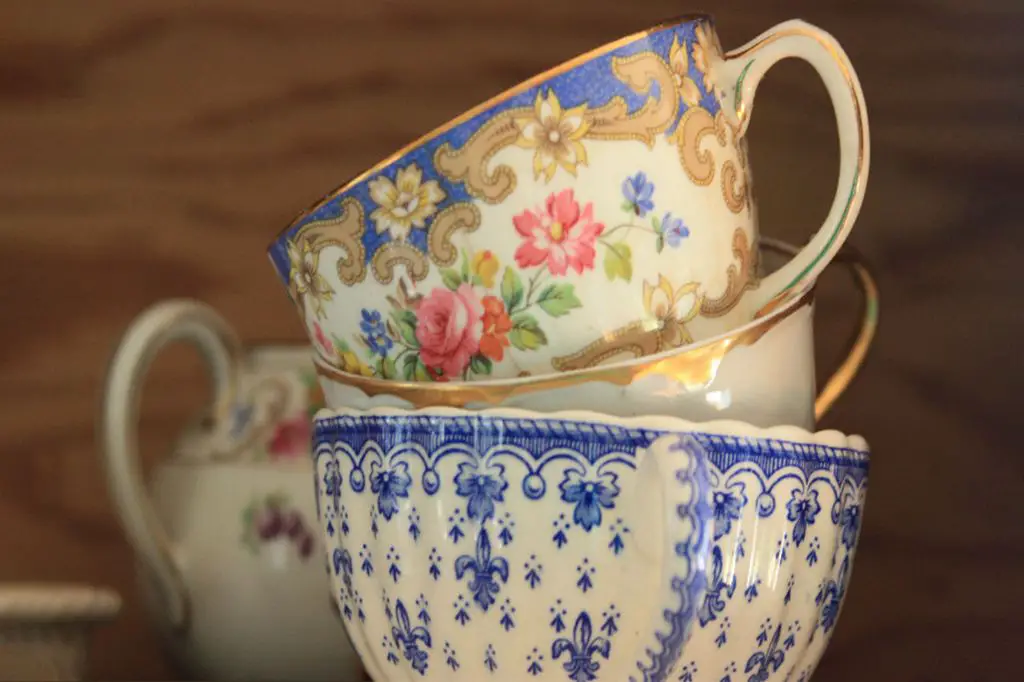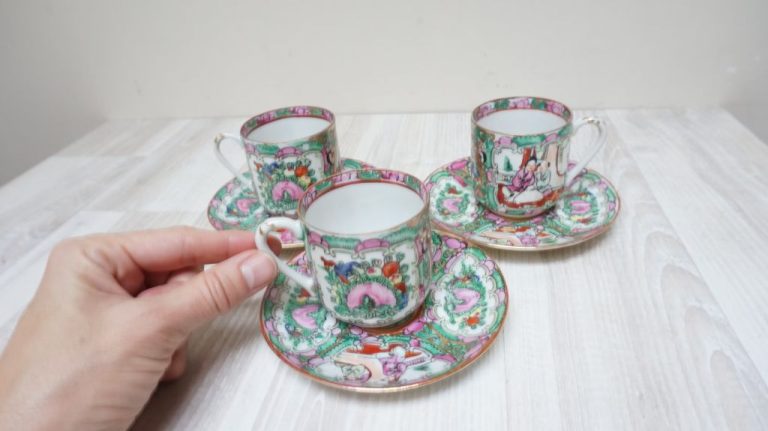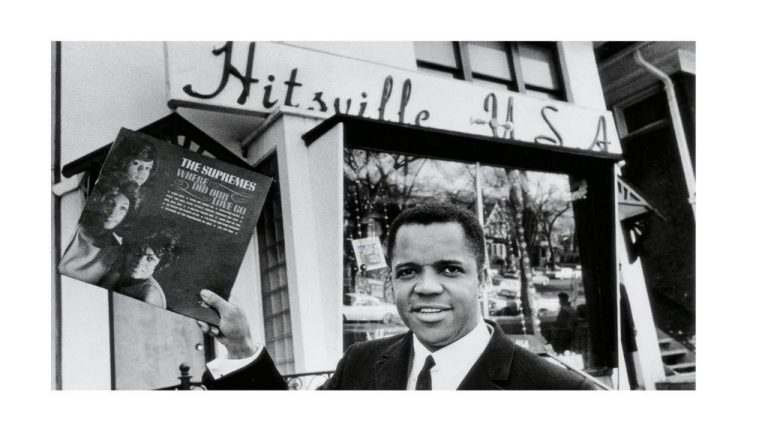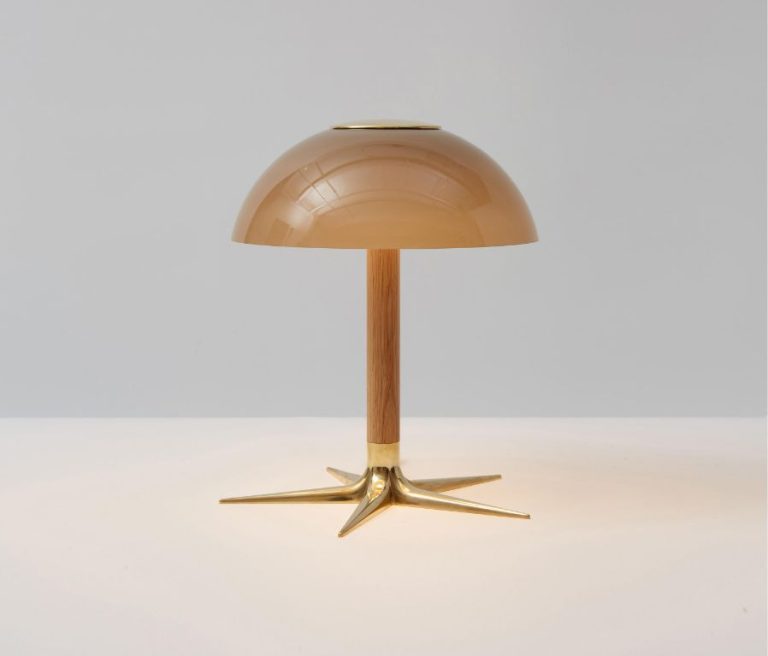Is It Worth Trying To Sell Old China?
Antique and vintage china collecting has been a popular hobby for decades. China, especially porcelain pieces, are highly valued for their artistry, craftsmanship, and ties to history and culture. Many collectors prize antique china made in Europe, like Limoges porcelain or Staffordshire pottery, while others focus on elegant porcelain from Asia. Companies like Royal Doulton, Spode, and Wedgwood produced dinnerware and figurines that are now iconic examples of their time periods.
Beyond just plates and teacups, china collecting encompasses a wide range of items like vases, pitchers, and decorative figurines. The ornate designs and artisanal methods used to create antique china make it appealing to collectors. However, the value varies enormously based on factors like age, condition, rarity, brand, and demand.
Popularity of China Collecting
China collecting has remained a popular hobby over the years. According to a 2023 survey by Statista, 8.2% of respondents aged 18-64 in China reported porcelain and china collecting as a hobby, which equated to over 24 million people [1]. In comparison, other common hobbies like photography (16%), reading (15.3%), and dancing (6.4%) were also reported frequently.
The china collecting market is projected to continue growing in China. Statista forecasts a 6.41% growth rate from 2024-2028, resulting in a market volume of $88 billion in 2028 [2]. This demonstrates an ongoing interest in china as a collecting hobby among Chinese consumers.
Globally, a 1990s survey ranked china and pottery collecting 155th in popularity out of 266 hobbies [3]. While not the most popular hobby worldwide, china collecting has maintained a substantial following over time.
Factors That Increase China’s Value
There are several key factors that make antique china more valuable and desirable to collectors:
Age – China from the 18th and 19th centuries tends to be more valuable than later pieces. Antique china from renowned manufacturers like Wedgwood, Spode, and Meissen is especially prized. Pieces that are at least 100 years old or more tend to command higher prices.
Brand – Well known brands and manufacturers like Royal Copenhagen, Limoges, Royal Doulton, Minton, and Derbyshire hold value well over time. Their pieces tend to be higher quality and more collectible.
Condition – The condition of antique china greatly impacts its value. Pieces need to be free of chips, cracks, or other damage. Wear should be minimal. Excellent or mint condition will yield higher prices.
Rarity – Limited edition pieces, special commemoratives, and unique or one-of-a-kind antique china is especially valuable. The rarer a pattern or item is, the more desirable it becomes to collectors.
Other factors like the quality of materials, glaze, painted decoration, color, and detailing can also play a role in china’s value. But age, brand, condition and rarity tend to be the primary drivers of worth for fine antique china.
Researching and Appraising China
Doing some research beforehand can help you estimate the potential value of your china before going through the process of getting a professional appraisal. Here are some tips for researching and appraising your china:
Use online auction and marketplace databases like eBay and Etsy to search for comparable items that have recently sold. Look for pieces with the same or very similar manufacturer, pattern, and condition as yours. This can give you a good sense of current market values.

Consult reference guides like Replacements.com‘s extensive archive of china patterns to identify your set and learn more about its history. Knowing the manufacturer, pattern name, and age will aid greatly in determining value.
For a more definitive appraisal, consider hiring a professional china appraiser. They will thoroughly inspect and research your set to provide a fair market value appraisal. Fees typically range from $50-$150 per hour depending on the appraiser.
Attend a china appraisal event held by an antique dealers association or auction house. This allows you to get opinions from multiple experts at once for a minimal fee.
While researching and appraising require some time and effort, it puts you in the best position to realistically price and successfully sell your vintage china.
Selling Venues for China
There are several options for selling antique china, each with their own pros and cons. Popular venues include:
Online Platforms
Selling through online platforms like eBay, Etsy, and Facebook Marketplace allows you to reach a wide audience of collectors globally (source: https://nextdoor.com/pages/homestead-antiques-arvada-co/). Listings on these sites are relatively inexpensive and easy to set up. Be sure to take high quality photos and provide detailed descriptions of any flaws. Drawbacks are you don’t interact directly with buyers, and shipping fragile china can be challenging.
Auctions
Local auction houses are ideal for rare, high-value china. They have experienced appraisers on staff to evaluate and price items appropriately to attract bidders. Auctions reach motivated buyers willing to pay top dollar for coveted pieces. The drawback is high commission fees, often 35-50% of the final hammer price (source: https://www.birminghamforum.co.uk/index.php?topic=3013.0).
Dealers
Antique dealers and malls specialize in certain eras or collecting categories, so they appeal to targeted buyers. The advantage is earning a higher percentage of the sale price, often around 30-40%. However, your pieces must match their customer base, and selling is consignment-based so you must wait for them to sell.
Estate Sales
For large collections, consider an estate sale managed by a professional liquidator. They handle all staging, pricing, marketing and sales. You’ll earn slightly less than selling yourself, but save significant time and effort. Ensure you vet liquidators thoroughly first.
Pricing and Listing China for Sale
Setting the right price for china can be tricky. Do your research to find comparable sold listings on sites like eBay and Etsy. Check listings for similar patterns, brands, pieces, condition, and age to gauge current market values https://thepotterywheel.com/how-much-does-fine-china-sell-for/. Rare and antique pieces in excellent condition generally sell for higher prices.
When writing your listings, thoroughly describe each item including brand, pattern, markings, size, condition, and any flaws. Provide detailed photos showing every angle. List relevant keywords in the title and description for search visibility. Share the history and story behind the china if known. Competitive pricing and detailed listings give your china the best chance of selling.
Shipping and Safety
When shipping fine china and other fragile items, proper packing is crucial to ensure the items arrive safely at their destination. According to sources, the key packing materials to use are:
- Bubble wrap or foam to wrap each individual piece
- Packing paper or newspaper to line boxes and fill empty spaces
- Sturdy cardboard boxes designed for shipping fragile items
Additionally, delicate items like china should be packed tightly so they don’t shift around. It’s recommended to place plates upside down on packing paper and then fold the corners over to immobilize them before sealing the box. For added protection, consider purchasing specialty fine china shipping boxes.
When using postal services or carriers to ship china, it is wise to purchase insurance in case of any damages. Make sure to properly declare the value of the items. Also confirm that the shipping provider allows coverage for fragile items like china or glassware – some have limitations or exclusions. Take photographs of the items before packing as proof of their condition.
With proper materials and handling, packing and shipping china can be done safely. Take precautions like insurance to protect against losses. And consider hiring professional packing services for very valuable or fragile items.
Alternatives to Selling
If selling your china does not seem worth the time and effort, there are some other options to consider besides keeping it stored away. Many people choose to repurpose china in creative ways, donate it to charitable organizations, or gift dishes to family and friends.
Repurposing china into home decor or other uses is a popular alternative. Plates, cups, and saucers can be used to make mosaic mirrors, jewelry, wind chimes, candle holders, and more (as suggested in this article). Turning the china into artwork, lamps, or planters gives it new life. Check websites like Pinterest for upcycling ideas.
Donating extra china you do not use is a way to declutter while benefiting others. Many charities, churches, community theaters, etc. welcome donated dishes and crystal. Consider donations if the china has flaws or is common, making it hard to resell. Organizations like Habitat for Humanity may pick up dish donations directly from your home.
Gifting china to family and friends is an option if it has sentimental value. Pass down special wedding china to a child or niece who will treasure it. Or, give serving pieces to a relative who hosts many dinners. Planning afternoon tea parties to use heirloom tea cups is a way to enjoy china with loved ones.
Is Selling Worth the Time and Effort?
Selling antique china can be worthwhile, but it requires significant time and effort. Here are some pros and cons to consider:
Pros:
- You can make decent money if you have valuable and rare pieces – some antique china sells for hundreds or even thousands of dollars (source).
- Selling online opens you up to a global market of collectors.
- You’ll free up space from items you no longer use or need.
Cons:
- Researching, appraising, photographing, listing, packing, and shipping china is very time-consuming.
- Much antique china has minimal value and can be hard to sell (source).
- Items can get damaged during shipping.
- There’s fees associated with selling on auction sites.
- You have to carefully pack and ship fragile items.
Given the time investment required, focus your selling efforts on pieces that are likely high value based on age, manufacturer, rarity, and condition. For common china with low resale value, consider donating or repurposing it instead.
Conclusion
Selling old china dishes and sets can be a lucrative option, but takes time, effort, and expertise to maximize their value. Determine an approximate appraisal of your china before investing effort into selling. Specialized auction houses may net the highest profit if you have rare and valuable pieces, while local sales can work for more common sets. Evaluate all selling and shipping costs to ensure it’s worthwhile. Consider consigning china through antique stores to minimize effort. Or, you may choose to keep cherished china sets for yourself or future generations rather than selling. Do your research and set realistic expectations before attempting to sell. With patience, savvy marketing, and care in packaging, your china has potential for a high payout.





